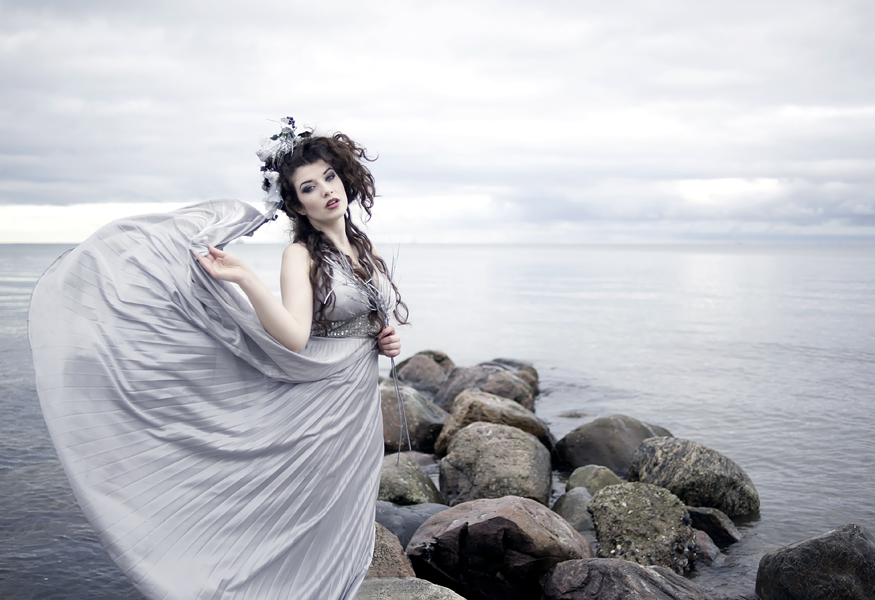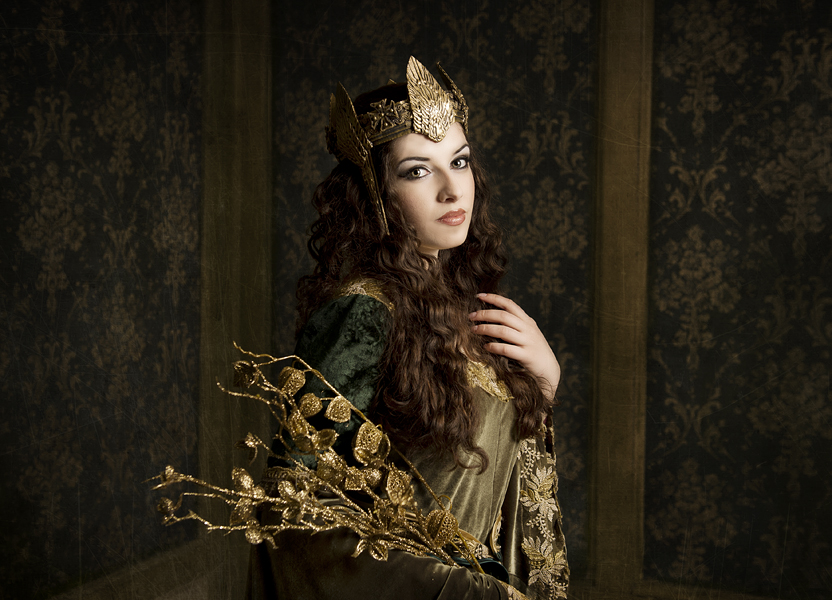Eustace James is a photographer that is actively participating in the Google+ Photography community.
Since the beginning, Eustace always presented us with inspirational pictures, filled with meaning and technique with extreme high quality and pleasant results.
He kindly agreed to share his thoughts with the world and the well composed answers you will read below shows that he knows what he is doing and takes his photography very seriously and with attention to details.
Visit Eustace's Portfolio at
www.eustacejames.ca.
PA: What drew you to photography?
EJ: Good question. I started shooting pictures when I was very young with a Kodak 135 Instamatic that my parents bought me. I was always the person in the family with a camera in hand or behind the viewfinder of the 8mm movie camera. I started shooting more seriously when I was in high school, at which time I stole my mom's 35mm SLR to join the yearbook staff. For a while there, I didn't shoot at all. I owned some point-and-shoots, but didn't really focus on photography at all. Then in 2006, I bought a dSLR on a
whim. Admittedly, my wife did encourage my purchase. I may have mentioned that I missed taking pictures, so she told me to spend the money and that I wouldn't regret it. That was seven years ago, and she was absolutely right. I haven't regretted a moment since.
PA: What is your favorite type of photography?
EJ: I'm not sure that I have any kind of favourite. Right now, I'm shooting a lot of flower macros, and I'm doing a lot of experimentation with the quality of light that I can evoke with a single handheld flash.
PA: Do you have an artist that inspires you?
EJ: I don't have a single artist who inspires me. I look at as much photography as I can, and I try to pull some of those ideas together to produce my own interpretations. I'm a be
your own hero kind of guy.
PA: Tell us a secret: what makes you mad when you are photographing?
EJ: How can anyone be angry when they're shooting?
*wink* (Shooting people can be frustrating sometimes. The guy who, in the middle of the family portrait session, babbles about making sure he can have all the work from the shoot because he's great at Photoshop? That guy's a little bit annoying. He means well, sort of, but he doesn't really get that the photos you make happen not just in the camera but also at the computer after the shooting's done and that they're not really your photos if someone else is playing around with them in Photoshop.)
PA: What is your dream location or subject to shoot?
EJ: I'd love to shoot some of the older European cities. Until I can get my wife to conquer a mortal fear of flying, I'll have to make do with touring the US by road and stopping at every quirky little roadside attraction I see.
PA: Make a wish (photography related)
EJ: I would like to... take one iconic photo that everyone will recognize as soon as they see it. They don't even have to know that it was me who took it. They just have to know the photo itself.
Talking photography specific
PA: Select one photo from your gallery and let's talk about that.
PA: What inspired you to select this location?
EJ: This is Antelope Canyon, in Arizona. Until I got there, it had been one of my dream photography destinations for a number of years. My wife and I love to take road trips, and she allowed me to drag her to this spot on one of our journeys through the US southwest. The place is magical, and it's almost impossible to take a bad photo when you're walking through the slot canyon -- it's
that beautiful in there.
PA: What gear did you use?
EJ: This was shot with a Nikon D80, and if I'm not mistaken, I used the kit lens that came with the body -- the 18-135mm lens. That lens was notorious for broken AF motors, as I recall, and mine was no exception. At the time I took this photo, it hadn't yet given up the AF ghost, nor had I yet dropped it in the desert sand and screwed up the aperture blades.
PA: Care to share some EXIF details & setup environment?
EJ: This was sort of a tough shot to take. I had to set my tripod in some soft sand, which didn't provide stable footing at all. It was shot at ISO 100 for five seconds at f/8. The camera was pointing upward toward the top of the canyon, and although the blue looks out of place, it really was there. Our guide was very helpful in terms of pointing out some cool landmarks and some good places to shoot while we were wandering the canyon, but I found this one on my own.
PA: Describe this photo. You can use only one word.
EJ: Surreal.
PA: Any tips for photographers that are trying to shoot the same genre?
EJ: I guess I would consider this a landscape, so here's what I think about when I'm out shooting landscapes.
I hate to tell people to
think outside the box, because I dislike that cliche quite a bit. What I will say is this: find an unusual angle. Think of the unlikely story -- the one that no-one else would want to tell. Tell that story instead of rehashing the same old tired tale.
What you're doing isn't wrong. There's no correct way to shoot a landscape. You don't have to shoot sweeping vistas with a wide angle lens in order to make good landscapes.
It really is all about the light. It's not easy to make your own light when you're out in the big wide open, so you have to learn how to make the very best of what you have when you have it. You won't always be able to shoot at the golden hour or the blue hour -- you may not be able to be where you need to be exactly when you want to be there. You can find a way to shoot at noon and make a good photo. Stand where you think you can make the best photo, and take your shot. Then go stand someplace else and make another.
There's beauty waiting to be revealed everywhere.
More works from Eustace



















